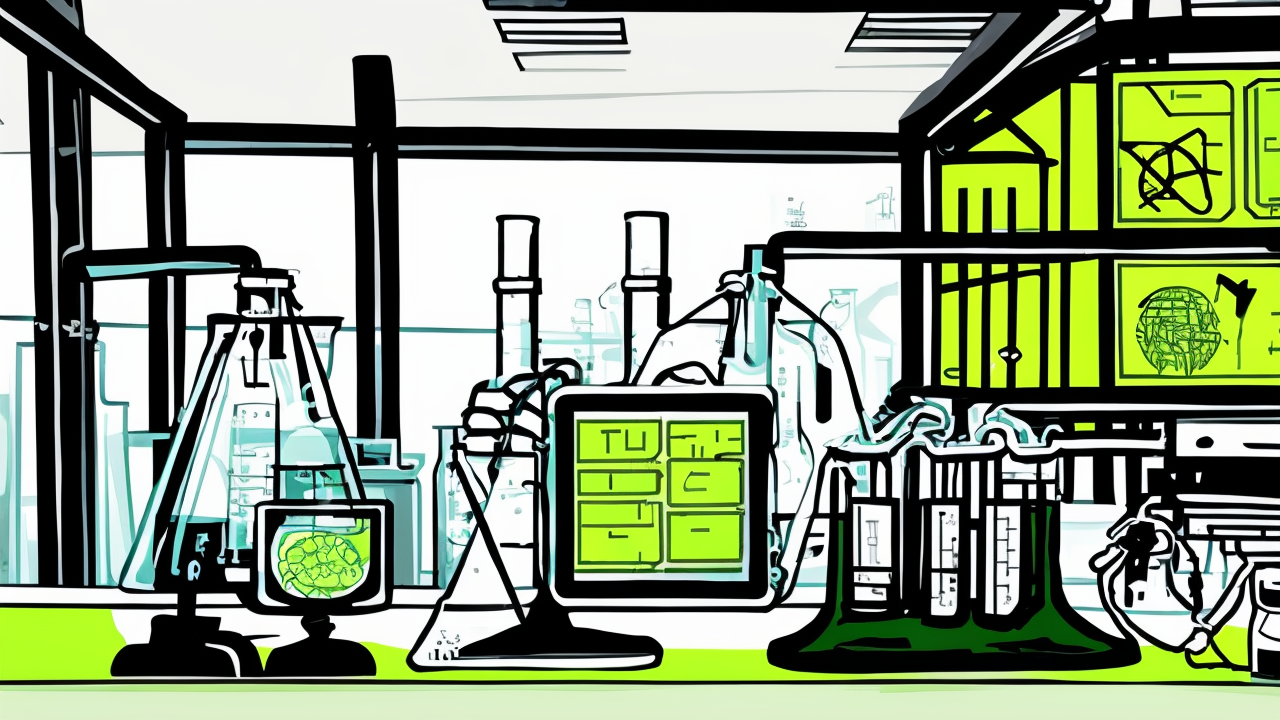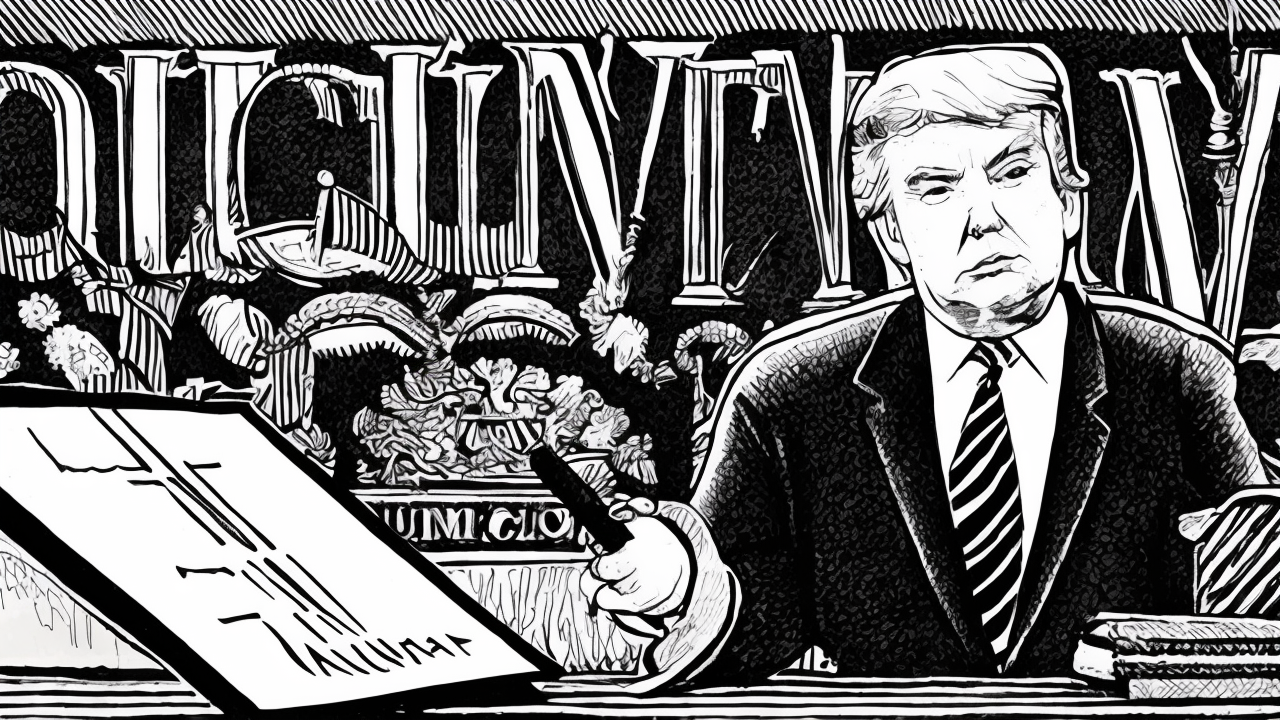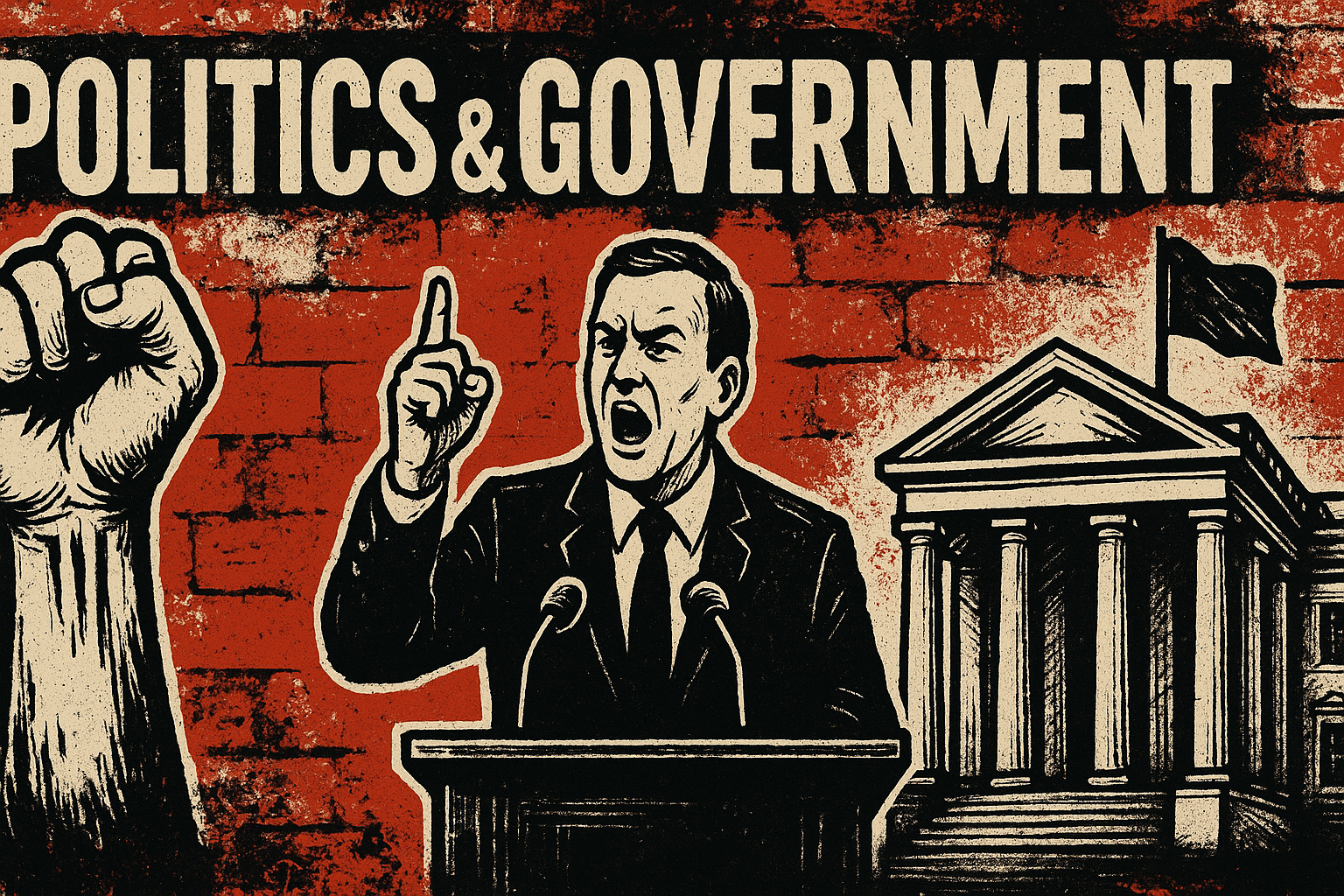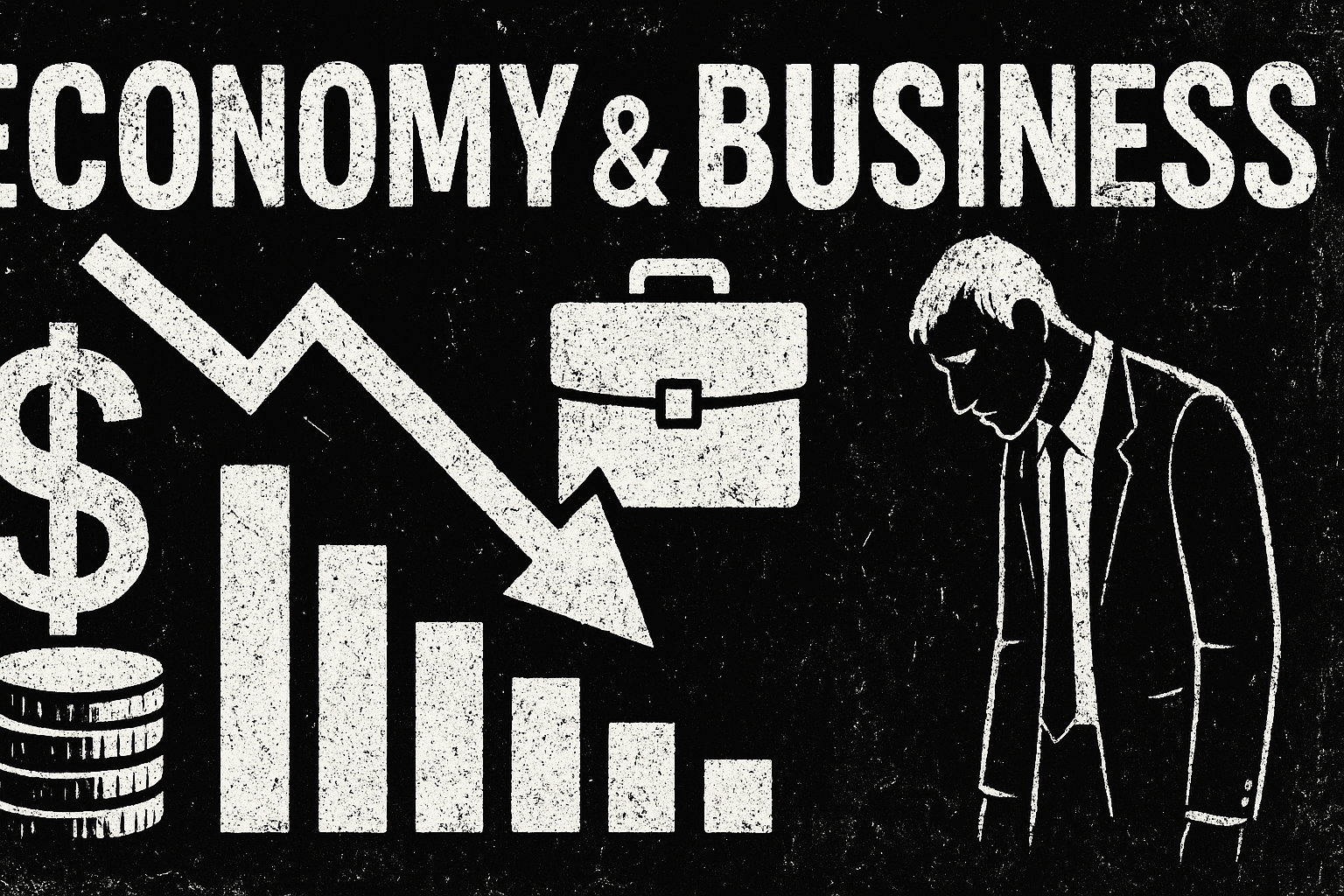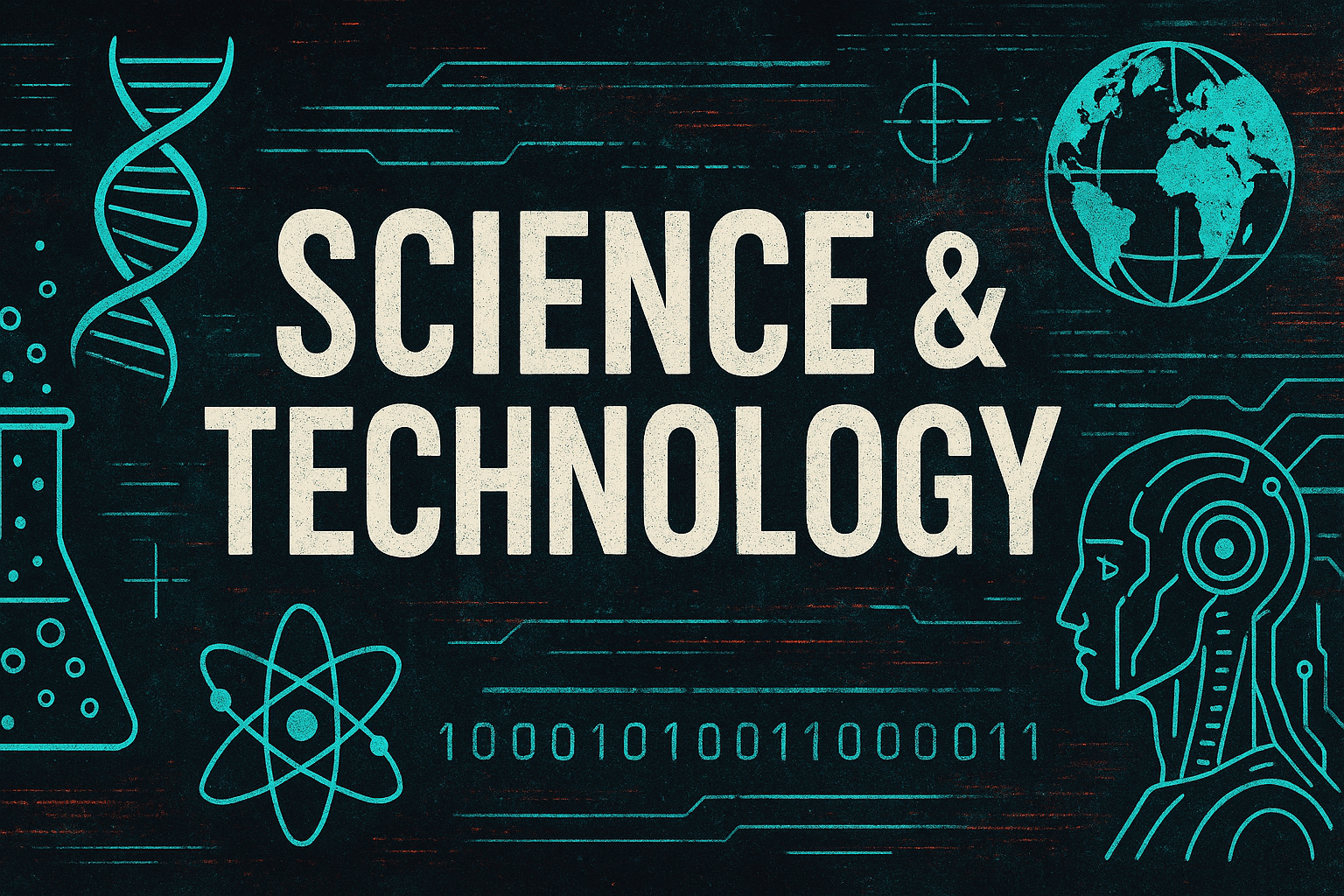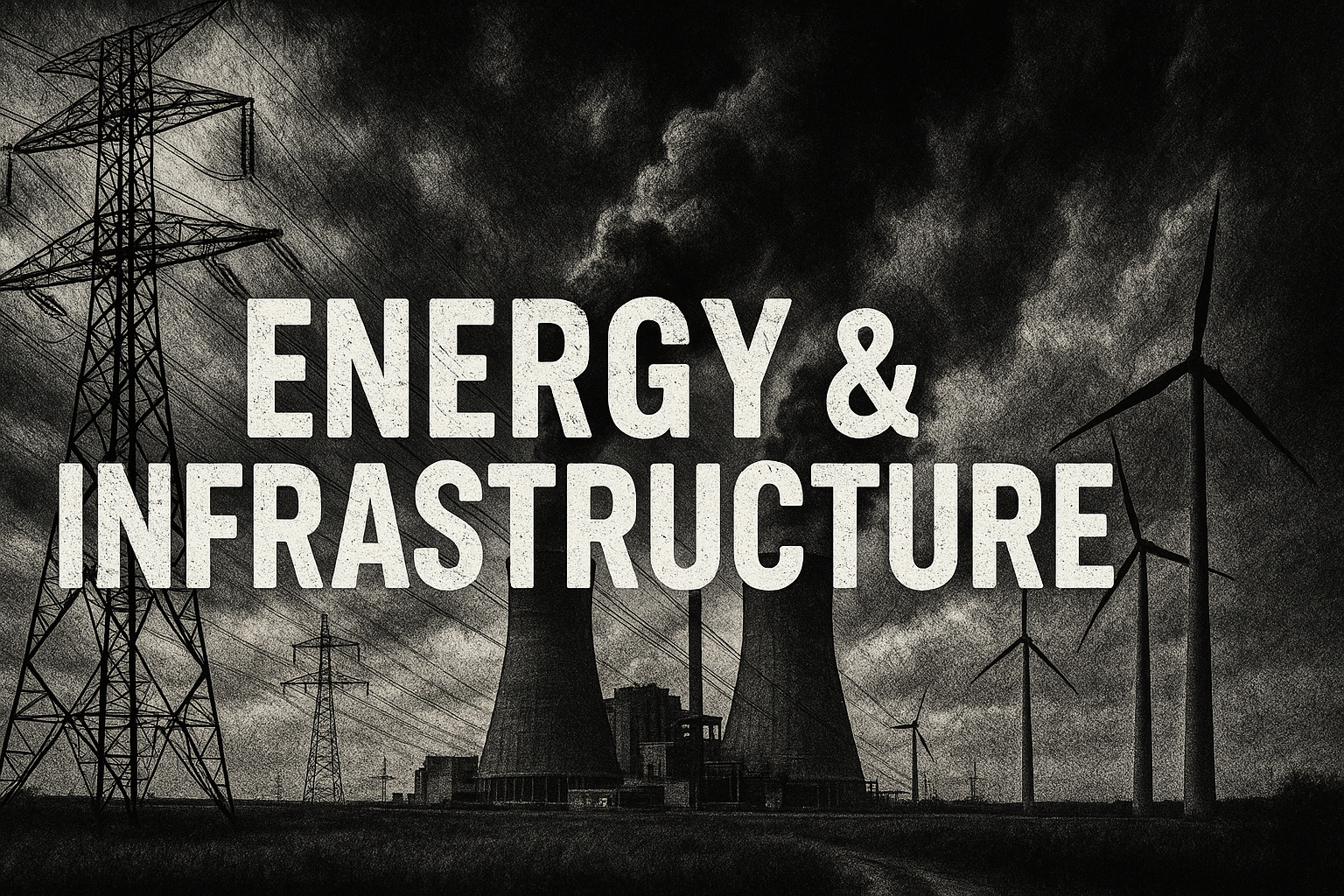Virginia Faces Energy Crisis Amid Calls to Repeal Clean Economy Act
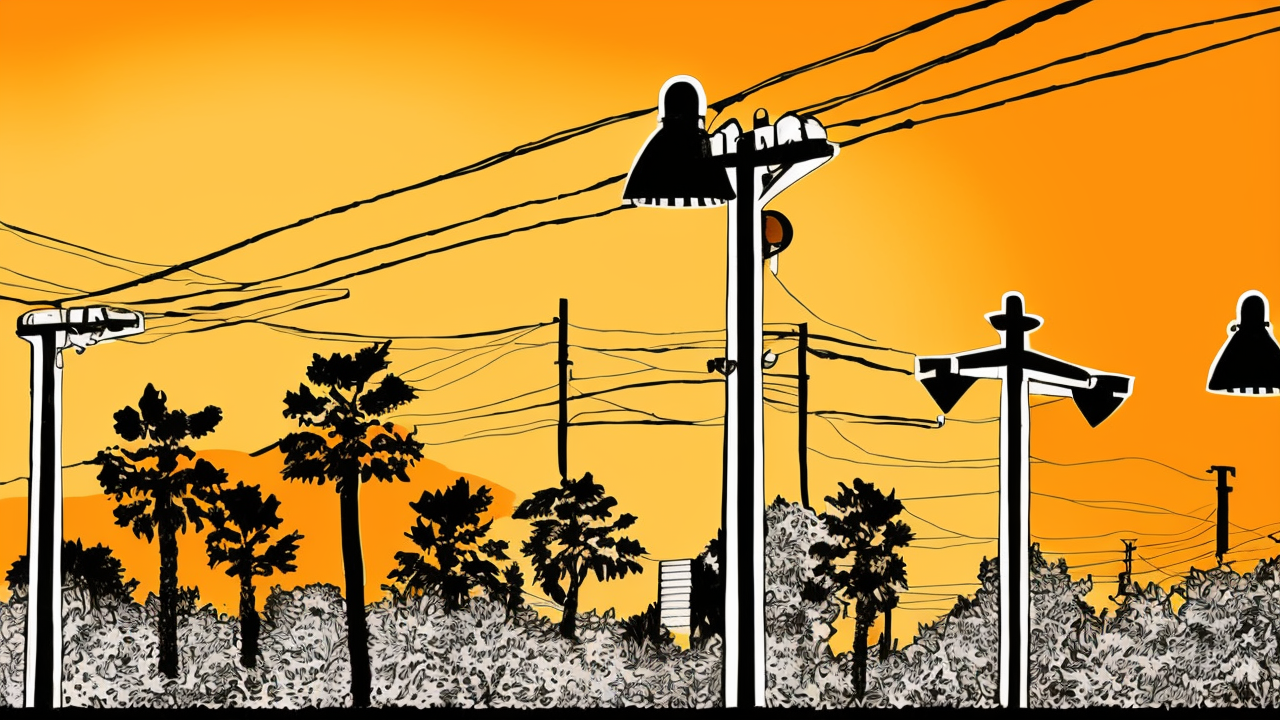
Virginia is grappling with a growing energy crisis as demand for electricity soars, while the state’s electricity infrastructure becomes increasingly fragile. The situation has been exacerbated by the 2020 Virginia Clean Economy Act, which mandates a transition to 100% renewable energy by 2045 for Dominion Energy and 2050 for Appalachian Electric Power. The law has led to the closure of coal-fired plants in Chesterfield and King George counties, while simultaneously restricting the development of natural gas-fired power plants.
Energy experts warn that Virginia’s electric grid is nearing collapse due to the rapid growth of energy-intensive data centers and the simultaneous retirement of legacy power plants. PJM Interconnection, the mid-Atlantic grid operator, has raised alarms about the grid’s reliability, as demand continues to outpace supply.
Critics argue that the Clean Economy Act, passed during the COVID-19 pandemic with limited public debate, has disproportionately impacted low-income families. Each 5% increase in electricity rates now takes a larger share of household budgets.
Gov. Glenn Youngkin’s administration has proposed an “All of the Above” energy strategy, including modular nuclear facilities, but these projects are at least a decade away from completion. Meanwhile, state officials estimate that Virginians will pay an additional $5.5 billion in penalties and subsidies due to the law.
With summer’s high energy demand looming, political leaders are weighing whether to revisit or repeal the Clean Economy Act. However, significant changes are unlikely before January 2024, leaving residents to contend with rising costs and potential power shortages in the meantime.
Published: 6/11/2025





